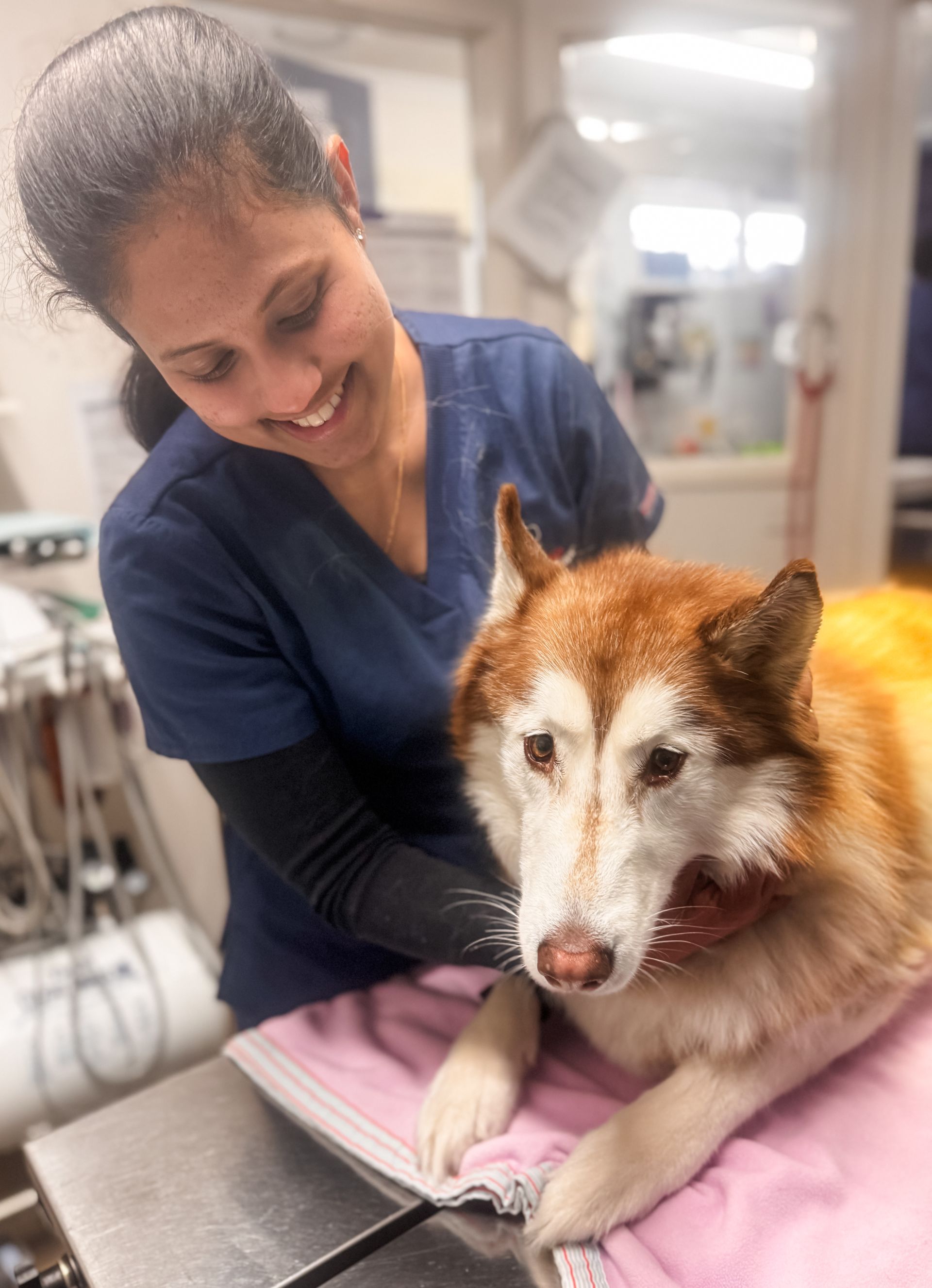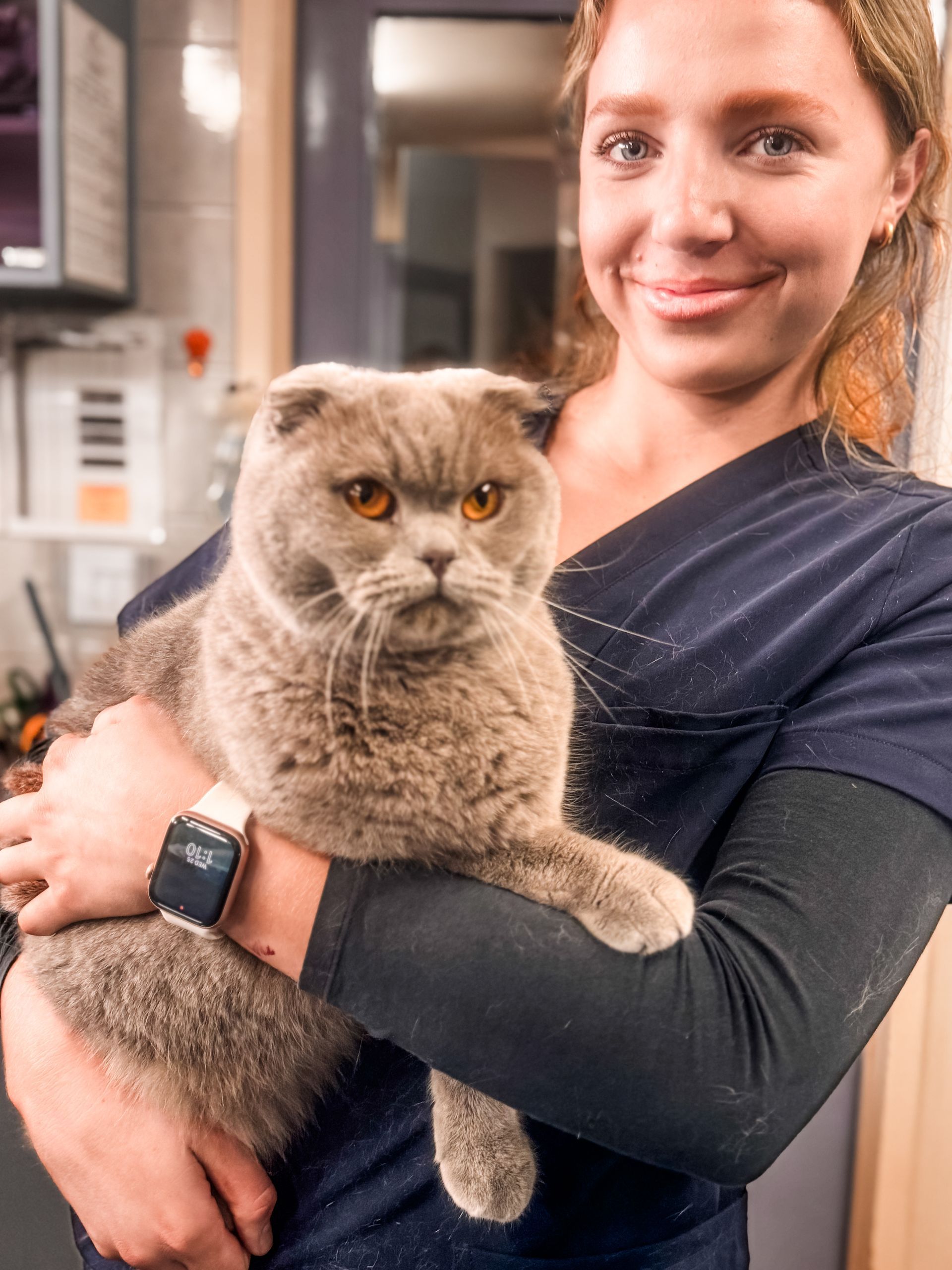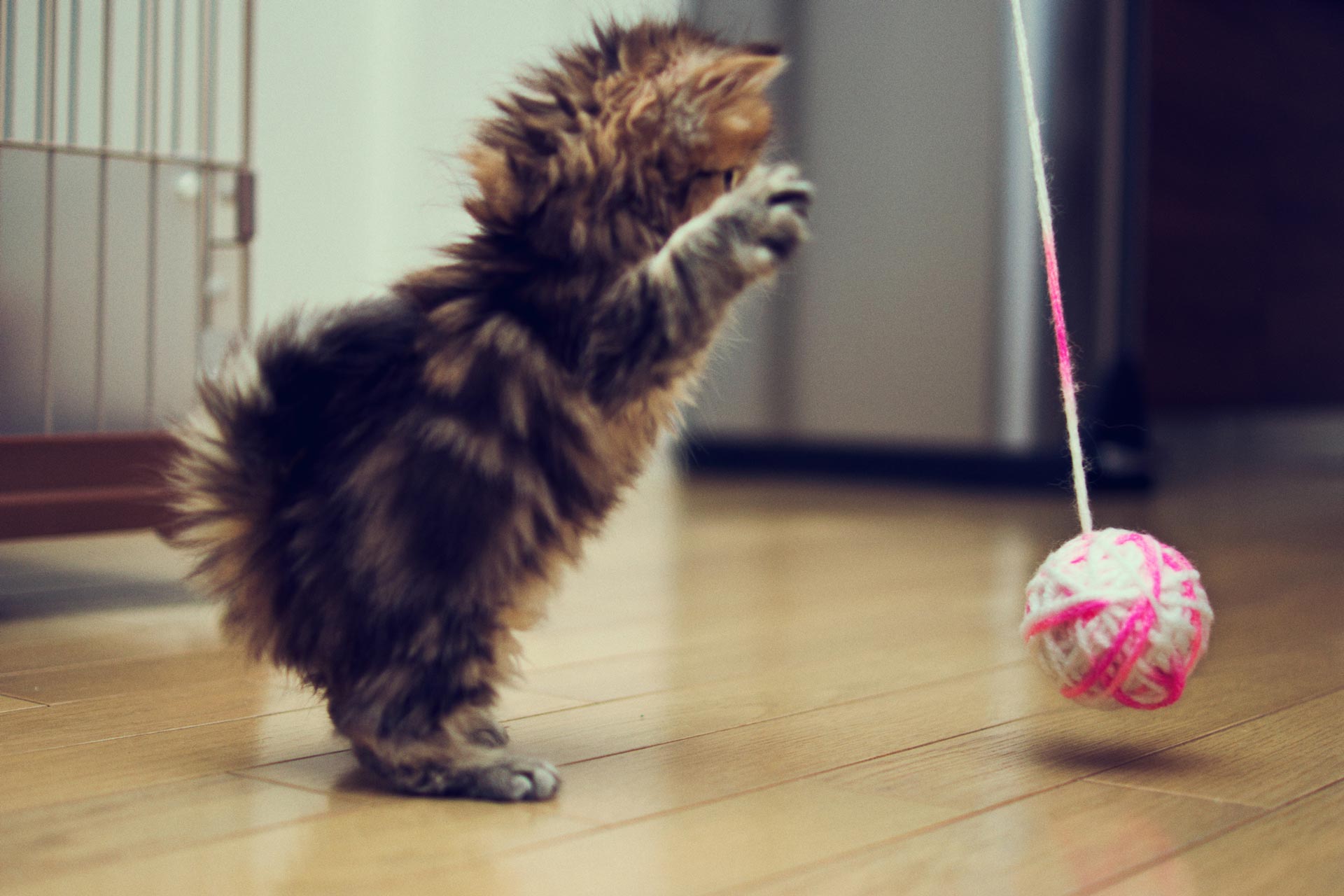Purr-fect Cats
Looking for a tiny kitten pedalling its soft paws on your chest with a storm of purrs to follow? This following article may be of help to you.
First, we need to pick a healthy cat out from a bunch of cute fluffies. This can be a challenge.
A good general impression is important. A baby should feel good in your arms; not too thin or too fat, solid and sleek. It shouldn’t have a pot belly nor should its ribs be showing. Here are a few tips and checklist to follow:
- Skin and coat: Skin should be clean and unbroken with a thick coat of glossy fur. Spread the fur apart and look for any parasites such as fleas. Parasites are usually too small and fast for you to spot, but they usually leave their droppings behind. Flea droppings appear as a black spec of dirt. Excessive scratching can also be a sign of having fleas on board.
- Ears: Ear should be clean, sometimes with a small amount of wax. The baby should not be scratching around the head or shaking its head. If there is excessive wax in the ear or the kitten is itchy, it may be a sign of an ear infection.
- Eyes: both eyes should be clear and bright without any discharge. Any discharge present maybe a sign of illness. Also the third eyelid (a thin sheath that folds away into the inner corner of the eye) should not be visible.
- Nose: Again, it shouldn’t have any discharge. Any sign of sneezing or discharge may be a sign of illness.
- Mouth: Teeth should be clean and have no signs of tartar build up (yellow discolouration). There shouldn’t be any excessive salivation either.
- Tail area: Region around the anus should be clean and dry, any excrement or dampness that was left behind can be a sign of illness.
Most importantly, don’t forget to schedule a new kitten exam and preventative care consultation with a veterinarian as soon as you adopted your new family member.
Now you’ve chosen a healthy young kitten, next is to get it settled in at home and the fun interactions begin!
Kittens begin to learn life’s lessons at an early age. From the time they open their eyes until they are about 10 weeks old. These early experiences are the fundamentals in shaping an adult cat’s personality and attitude about strange people, pets, places, earing collars or harness, getting baths or nail trims, being examined or riding in a car or carrier. Within this period: from 5 to 8 weeks of age is an exciting and important time for teaching a kitten to use the litter box, scratching post and to play with toys instead of your fingers and toes.
Most kitten owners are completely unaware of this small window of teachable moments and they let their kittens grow up mostly on their own. This is when the ‘bad habits’ starts to happen such as scratching an expensive piece of furniture, eliminating in inappropriate areas, jumping on counters to explore tables and possibly eating the owner’s breakfast and when there are no cat trees to be found, a kitten may climb up the curtain and perch on the fly screen for fun. These are all normal feline behaviour; we just need to teach them where to do this appropriately.
Here are a few tips to help make the most of this special time of any cats’ life:
- Place a new kitten in a small room or laundry for the first week with a little tray in one end of the room and food and water in the other end. Place a tall cat tree in between preferably one with a cubby house so the kitten can sleep or hide in there. By limiting a kitten’s option, it will make better choices. Place the kitten in the litter tray often and praise it. Use a cat toy to encourage the kitten to use the cat scratching post or cat tree. Praise all behaviours that you want to continue.
- Give the kitten a place to hide to reduce the stress of a youngster. A cat tree with a cubby hole works well. You can use the carrier as a hiding place. Feed the kitten in the carrier and make it a place for surprise treats. Start getting your kitten used to short car rides with treats, toys and positive attention. This will help reduce the stress of travelling and reduce the stress of going to the veterinary clinic.
- Hand-feed small amounts of food to your kitten before and in between meals. This will help shape your kitten into a relaxed, confident, friendly, affectionate and well behaved member of the family. Once your kitten is more relaxed in the new environment, you can start using special treats to introduce near experiences such as gentle handling, wearing collars/harness, or getting one nail trimmed.
Always think of teeny-tiny baby steps and of creating a POSITIVE first impression.
By Dr Yuen Jia Lim BVSc












